Honda Shifts Focus to Hybrids Amid EV Market Challenges Facing slowing EV demand, Honda is redirecting its strategy to prioritize hybrid vehicles.
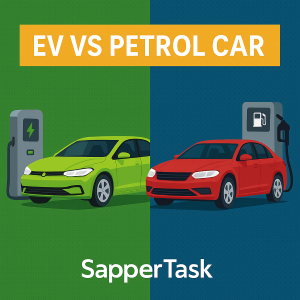
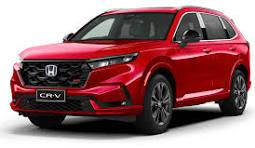
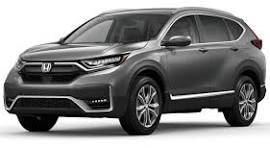
Honda is recalibrating its electrification strategy in response to slowing electric vehicle (EV) demand, particularly in North America. The company is shifting focus toward hybrid vehicles while scaling back its immediate EV investments.
Strategic Shift: Emphasizing Hybrids
Honda has reduced its planned electrification investment from ¥10 trillion ($69 billion) to ¥7 trillion ($48.4 billion) through fiscal year 2031. This decision stems from market uncertainties, evolving environmental regulations, and geopolitical factors such as U.S. tariffs. Despite this adjustment, Honda remains committed to long-term electrification goals.
The company plans to expand its hybrid vehicle lineup, aiming to launch 13 new hybrid models globally starting in 2027. By 2030, Honda targets annual hybrid sales of 2.2 million units, a significant increase from the 868,000 hybrids sold in 2024. This pivot aligns with consumer preferences, as hybrids offer a transitional solution amid concerns over EV costs and charging infrastructure.
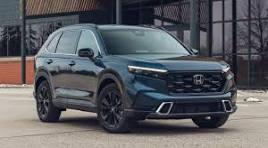
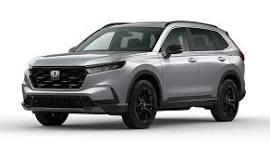
Operational Adjustments
To support this hybrid-focused strategy, Honda is adapting its manufacturing facilities. The Marysville, Ohio plant will be retooled to produce both EVs and hybrids, reflecting a flexible approach to production based on market demand. Additionally, the company is delaying an $11 billion EV manufacturing project in Canada, reassessing its timeline in light of current market conditions.
Financial Outlook
Honda's emphasis on hybrids has contributed to a robust financial performance. The company reported a 77% increase in operating profit for the fiscal year ending March 31, 2024, rising from ¥780.7 billion ($5 billion) to ¥1.38 trillion ($8.8 billion). This growth is attributed to strong hybrid sales, particularly in North America, where models like the CR-V Hybrid have gained popularity.
The profits generated from hybrid sales are being reinvested into research and development, with Honda increasing its R&D spending by approximately 25% to enhance its hybrid technology and prepare for future electrification initiatives.
Long-Term Electrification Goals
Despite the current strategic shift, Honda maintains its long-term commitment to electrification. The company aims for EVs and fuel cell electric vehicles (FCEVs) to comprise 40% of global auto sales by 2030, with a goal of 100% by 2040. Honda plans to introduce seven models in its new "0 Series" EV lineup by 2030, starting with a sedan in North America in 2026.
In China, Honda intends to launch 10 EV models by 2027 and achieve 100% EV sales in the country by 2035. These initiatives underscore Honda's belief in the long-term viability of EVs, even as it navigates short-term market fluctuations.
Strategic Collaborations
Honda is exploring partnerships to bolster its electrification efforts. Discussions with Nissan and Mitsubishi regarding technological collaboration are ongoing, focusing on areas such as next-generation software-defined vehicles, batteries, and e-Axles. Additionally, Honda has signed a deal with IBM to develop advanced computer chips and software for future vehicles, aiming to meet the growing demand for efficient processing and lower power consumption.
- Bicycle world
- Motorbike world
- E-Bike World
- Auto parts world
- MotorSports
- Auto World
- Art
- Causes
- Crafts
- Dance
- Drinks
- Film
- Fitness
- Food
- Games
- Gardening
- Health
- Home
- Literature
- Music
- Networking
- Other
- Party
- Religion
- Shopping
- Sports
- Theater
- Wellness


